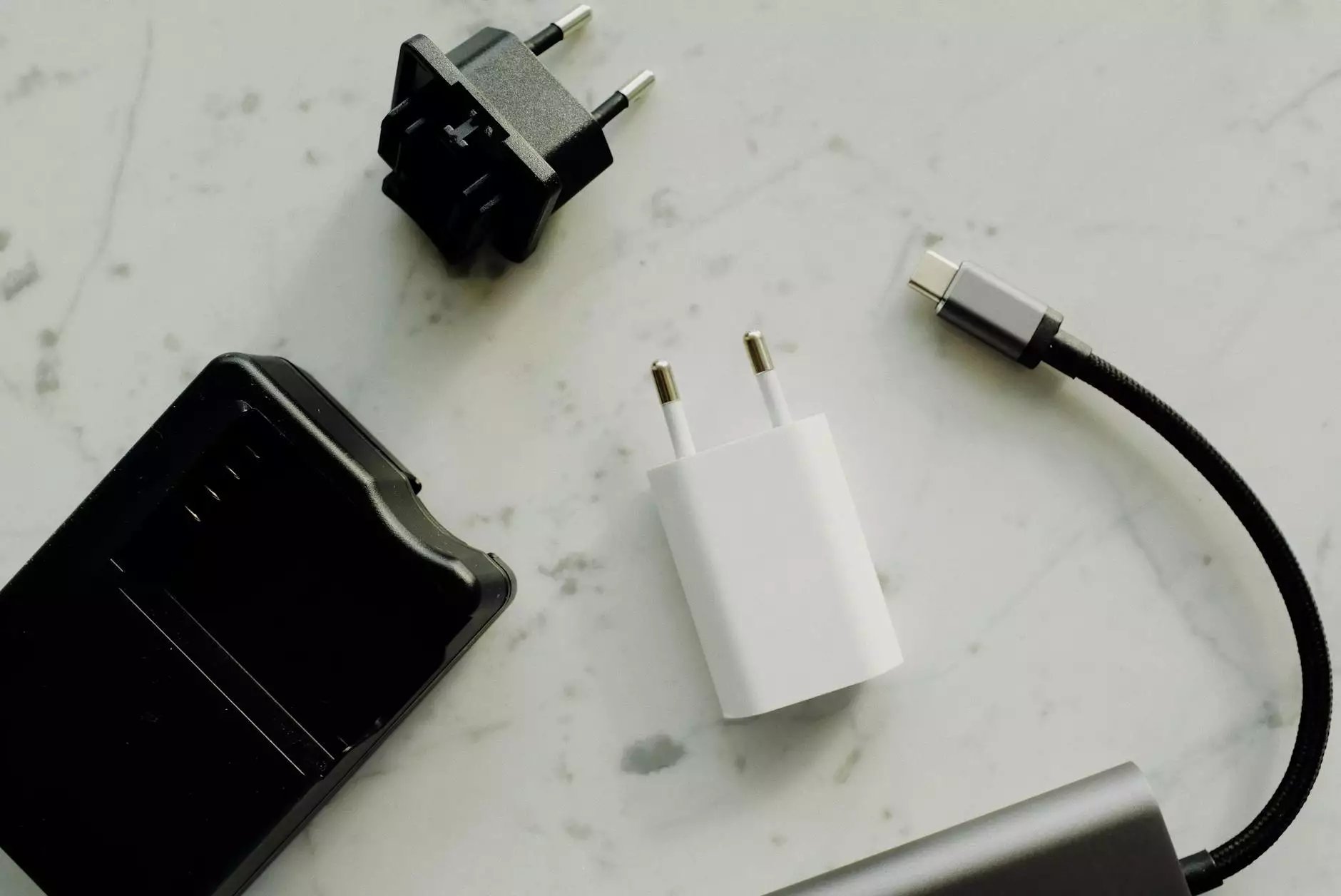WiFi Info Hub: Your Ultimate Resource for WiFi Technology

Introduction
Welcome to the WiFi Info Hub, your comprehensive source of information on WiFi technology, brought to you by All American Technologies. In this hub, we aim to provide you with in-depth details and useful tips to help you understand, troubleshoot, and optimize your wireless network. Whether you're a beginner or an advanced user, you'll find valuable insights here to enhance your WiFi experience.
Understanding WiFi Technology
WiFi, short for Wireless Fidelity, has revolutionized the way we connect to the internet. It allows us to wirelessly transmit data between devices, providing us with the flexibility and convenience we need in our modern, connected world. In this section, we will explore the fundamentals of WiFi technology.
How Does WiFi Work?
WiFi technology operates through wireless signals, specifically using radio frequencies to transmit and receive data. The signals are sent from a wireless router, which acts as the central hub, to various devices equipped with WiFi capabilities, such as laptops, smartphones, and smart home devices.
Types of WiFi Networks
There are different types of WiFi networks that you might come across. Some common examples include:
- Wireless Local Area Network (WLAN): This is the most common type of WiFi network used in homes, offices, and public places.
- Wide Area Network (WAN): WAN WiFi networks cover larger areas, such as cities or towns, and are commonly used by internet service providers to deliver internet connectivity to their customers.
- Mesh Network: Mesh networks consist of multiple WiFi access points that work together to provide seamless coverage over a large area.
- Guest Network: Guest networks are separate WiFi networks created specifically for visitors to connect to without accessing the main network.
Troubleshooting WiFi Issues
Common WiFi Problems
WiFi connectivity issues can be frustrating, but with the right knowledge, most problems can be resolved. Some common WiFi problems include:
- Slow Internet Speed: Learn about the common factors that can affect WiFi speed and discover ways to improve it.
- WiFi Range and Coverage: Find out how to extend the range of your WiFi network to ensure seamless connectivity throughout your home or office.
- Interference: Understand the sources of WiFi interference and learn how to minimize its impact on your network.
- Security Concerns: Discover best practices for securing your WiFi network to protect against unauthorized access and potential attacks.
Troubleshooting Steps
When faced with WiFi issues, it's important to follow a systematic approach to identify and resolve the problem. Here are some general troubleshooting steps:
- Reboot Your Devices: Often, restarting your router and devices can fix temporary glitches and connectivity issues.
- Check Your Network Settings: Ensure that your network settings are correctly configured, including SSID, password, and security protocols.
- Update Firmware and Drivers: Keeping your router's firmware and device drivers up to date can address compatibility issues and improve performance.
- Optimize Placement of Your Router: Proper positioning of your router can significantly impact signal strength and coverage. Learn how to find the ideal location.
- Upgrade Your Hardware: If all else fails, consider upgrading your router or network equipment to take advantage of the latest WiFi technologies and features.
WiFi Security and Optimization
Securing Your WiFi Network
Protecting your WiFi network from unauthorized access is crucial to ensure your privacy and prevent potential security breaches. Here are some essential security measures:
- Strong Passwords: Create a strong and unique password for your WiFi network to prevent unauthorized users from accessing it.
- Encryption: Enable encryption protocols like WPA2 (Wi-Fi Protected Access 2) to encrypt the data transmitted over your network.
- Guest Networks: Set up a separate guest network for visitors to keep them isolated from your main network.
- Firewalls: Utilize built-in firewalls or additional network security appliances to add an extra layer of protection.
Optimizing WiFi Performance
To make the most out of your WiFi network, optimizing its performance is essential. Here are some tips to get the best WiFi experience:
- Router Placement: Position your router in a central location, away from obstacles and sources of interference.
- Channel Selection: Choose the least congested WiFi channel to minimize interference from nearby networks.
- Band Selection: Take advantage of dual-band routers by connecting devices to the less crowded 5 GHz band for better performance.
- WiFi Extenders or Mesh Systems: If you have a large or multi-story property, consider using WiFi extenders or mesh systems to improve coverage.
- Regular Updates: Keep your router's firmware up to date to ensure you benefit from bug fixes, security patches, and performance enhancements.
Conclusion
Congratulations! You have reached the end of the WiFi Info Hub, your go-to resource for all things WiFi. We hope that the information provided here has helped you gain a deeper understanding of WiFi technology, troubleshoot common issues, and optimize your network's performance. Remember to check back regularly for the latest insights and updates.
For any further assistance or inquiries related to WiFi technology, feel free to reach out to All American Technologies. We are here to help you make the most out of your wireless network.










